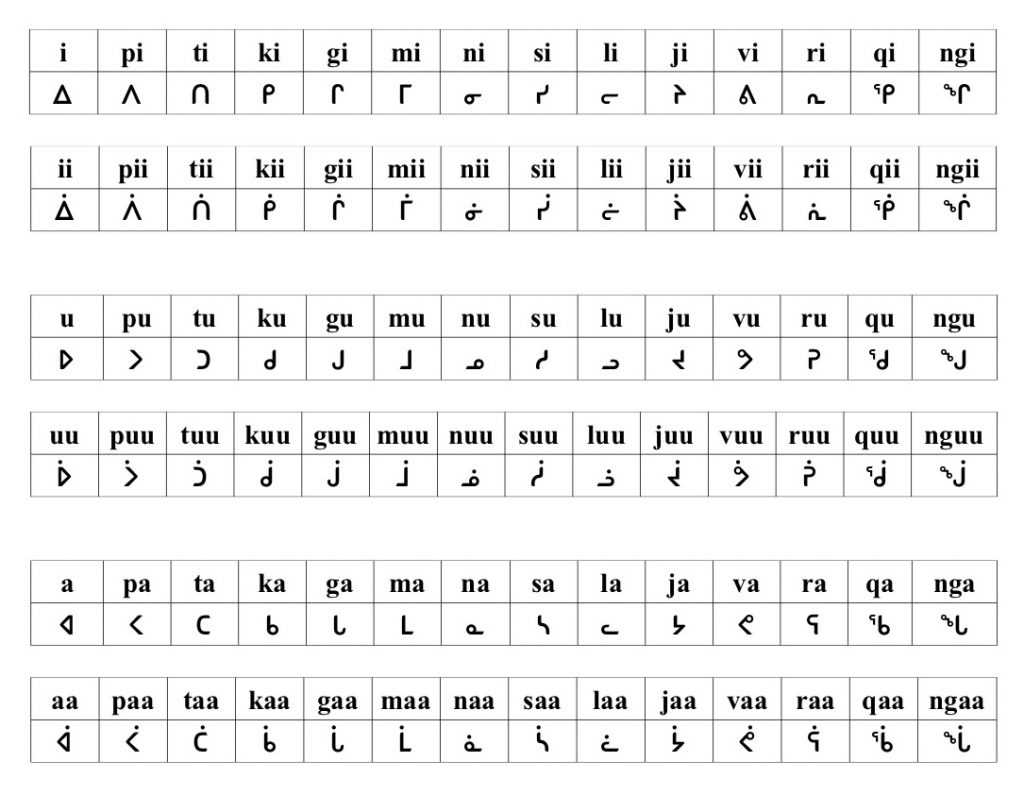Rule #6
Nunavik Inuktitut has a standard orthography. This orthography has been devised for representing accurately the limited number of basic sounds that compose each word of the spoken language.
The standard orthography exists in two different versions: alphabetic (qaliujaarpait) and syllabic (qaniujaarpait). There is a straightforward relationship between syllabic orthography and alphabetic orthography.

The diacritic characters in the following table are used to write the final consonant of syllables, that is to say: the first consonant of consonant groups, and the final consonant of words.

Examples
- See the word urpik.
r is the first consonant of the group rp, k is the final consonant of the word.
Thus, urpik = ᐅᕐᐱᒃ.
- See the word qarqaq.
r is the first consonant of the group rq, q is the final consonant of the word.
Thus, qarqaq = ᖃᕐᖃᖅ.
- See the word natsiq.
t is the first consonant of the group ts, q is the final consonant of the word.
Thus, natsiq = ᓇᑦᓯᖅ.
Additional Characters
The orthography used today in Nunavik has this additional series of characters, that doesn’t need to be introduced from the start:

Examples
- aivuq =
ᐊᐃᕗᖅ = ᐁᕗᖅ
- paiji =
ᐸᐃᔨ = ᐯᔨ
taima = ᑕᐃᒪ = ᑌᒪ
History
The Inuktitut syllabics was invented in the 19th century by Qallunaat missionaries, with the intention of introducing the Inuit to the Bible. It was Edmund J. Peck who, as of the 1870s, really introduced this writing system in the Eastern Canadian Arctic (with the exclusion of Arctic Labrador), where it spread to become a symbol of identity. In the 1970s, Inuit worked with linguists to fine-tune the syllabics. The standard orthography used today in Nunavik differs very little from the standard orthography adopted in 1976 by Inuit Tapirisat of Canada. The rules for converting Inuktitut syllabics to Roman alphabet (and vice versa) were also established at that time.
